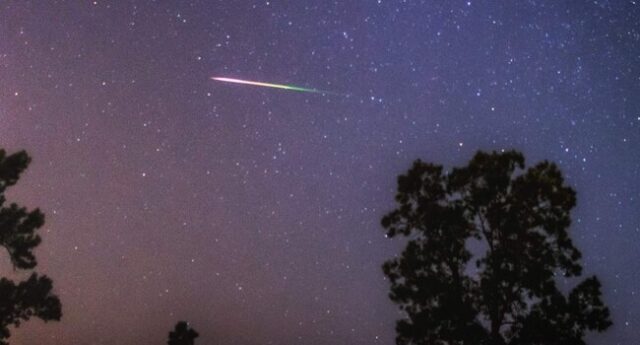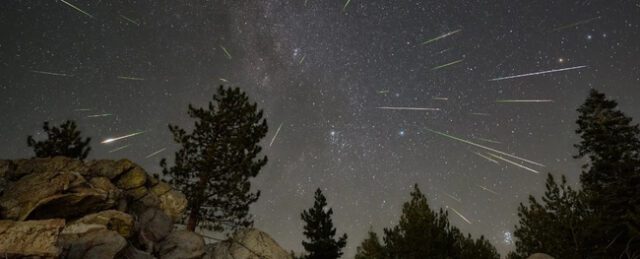
The most active meteor shower of the year, the Perseids, will peak on the morning of August 12th, offering a spectacular display of up to 150 shooting stars per hour for observers in the Northern Hemisphere. These meteors, named after Perseus’s constellation, have now shifted to radiate from the border between Cassiopeia and Camelopardalis. This annual event occurs as the Earth passes through a trail of debris left by Comet 109P/Swift-Tuttle, which has an orbit around the Earth spanning 133 years. Despite a quarter Moon, which may add some light pollution, the shower can still be enjoyed in rural areas with dark skies, providing an opportunity for a breathtaking celestial show.

For those eager to maximize their stargazing experience, positioning oneself in a dark, rural location can mitigate the interference from the quarter Moon and enhance the visibility of the Perseids. The month of August also offers other notable celestial events, such as the close approach of the Moon and Mars on August 27th, when they will appear just 5° apart in the constellation Taurus. This presents an excellent opportunity for amateur astronomers and families to learn more about the night sky. The YouTube channel Learn the Sky provides a helpful guide for locating Taurus, which is conveniently situated near Perseus, from where the Perseid meteors will emanate. Additionally, the Taurus constellation houses the Pleides, or the Seven Sisters, a renowned deep-space object visible since ancient times.

















